Paddles and Oars
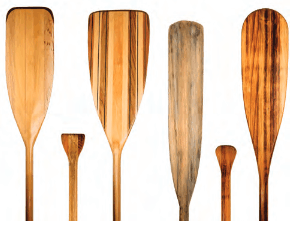 By Norm Crerar, USGTF Contributing Writer
Vernon, British Columbia
By Norm Crerar, USGTF Contributing Writer
Vernon, British Columbia
I have just finished reading one of the most motivational and touching books I have read in some time. The title of the book is The Boys in the Boat, by Daniel James Brown. It is the story of nine Americans and their epic quest for gold at the 1936 Berlin Olympics. Set in the Seattle and Olympic Peninsula area, the lives and tough times of the members of a Men’s 8 rowing team during the Depression are brought to light. The hardships people at that time and in that place had to endure are hard to imagine in this day and age.
A nine-member team is made up of eight rowers and a cox. The boat is 62 feet in length; the sweep oars are in the nine-foot range. The team members have to be strong enough to pull their weight and their part of the boat with stroke rates of 25-40 per minute. This may sound easy, but to be top of the heap in a rowing race that lasts six to sixteen minutes – depending on the length of the course – depends on one thing: All of the team members have to be pulling together at exactly the same time in the same direction and working just a bit harder than everyone else.
In 1967, Canada celebrated its 100 years of Confederation. There were events and civic celebrations across the country all year. The largest and most ambitious event was the Canadian Voyageur Canoe Pageant. This was a race from the Rocky Mountains to Montreal, 6,000 km (3,700 miles) over 104 days, and retraced the old fur trader routes. The Voyageur canoes were 25 feet long, 4 feet wide, weighed 400 pounds and seated six paddlers. It was a stage race where the ten canoes, one from each province or territory in Canada, lined up every morning and raced to the next town or city. Some of these daily laps were three or four hours long, but some were also 12 and 14 hours. As well, because the canoe teams were spread out due to ability and strength. Special sprints were put on in cities and towns so the locals could see the ten teams all together in full attack mode. The sprint courses were either A to B or circular over a course that was as short as 2 km or as long as 6 km. The times for the laps and the sprints were added on each day. There were money prizes for the teams at the end of the race, but the sprints provided extra money. (Some total purses for the sprints were in the neighborhood of $500, with the winning team receiving $100. This did not go far, as there were nine paddlers per team plus a chief voyageur/manager).
As the race went on, every one of the 100 paddlers was in excellent physical shape, and the only thing that separated the teams was the teamwork and that special ability to work as a team. In The Boys in the Boat, the boys talked about the feeling of the boat “flying.” I was captain of the winning Manitoba canoe in that 1967 event, and our team members often talked about our canoe “flying.” There were times when every paddle stroke and every heartbeat and every breath seemed to be in sync, and the boat did “fly.” What we experienced, and as also mentioned in The Boys in the Boat, were the other times when we paddled and everyone was pulling as hard as they could, but the boat felt like we were pulling a pail on a rope behind us. If even one person was just a fraction off, the “flying” became “towing.”
What does this have to do with golf teaching and the USGTF? Not that much about golfing, as that is very much an individual activity. In my consulting work with companies and organizations, I have put management people in Voyageur canoes and tried to get them to feel what it is like to be a team. I have used the metaphor of the paddlers and rowers to illustrate what can happen. Your USGTF is a remarkable story that has been some 29 years in the making, from a vision to a few courses to now a worldwide organization. This only happens and can only sustain itself if everyone is on the same page, shares the vision and continually works to make things bigger and better.
If you are in the Big USGTF canoe, pick up your paddles, and for the sake of the organization, paddle in the same direction at the same time!


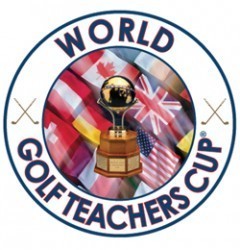
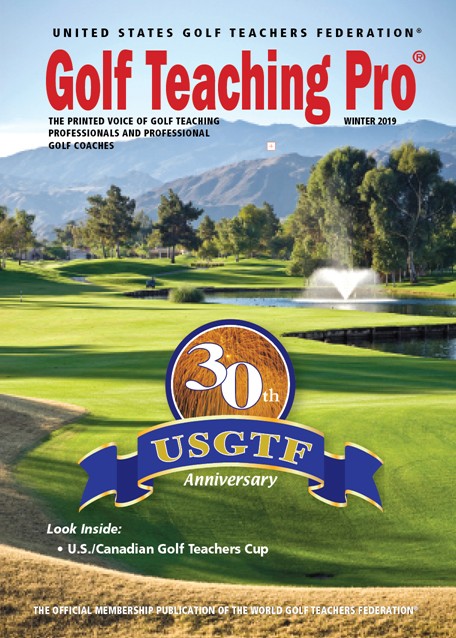
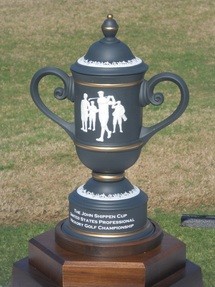


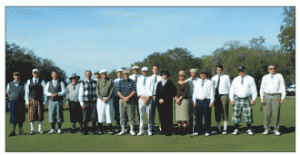 By Mike Stevens USGTF Member, Tampa, Florida
By Mike Stevens USGTF Member, Tampa, Florida
 By Dr. Gregg Steinberg USGTF Sports Psychologist, Nashville, Tennessee
By Dr. Gregg Steinberg USGTF Sports Psychologist, Nashville, Tennessee
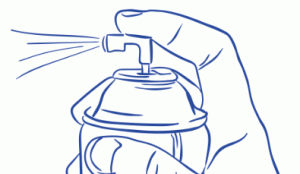 By Larry Van House, USGTF Member, Camp Hill, Pennsylvania
By Larry Van House, USGTF Member, Camp Hill, Pennsylvania